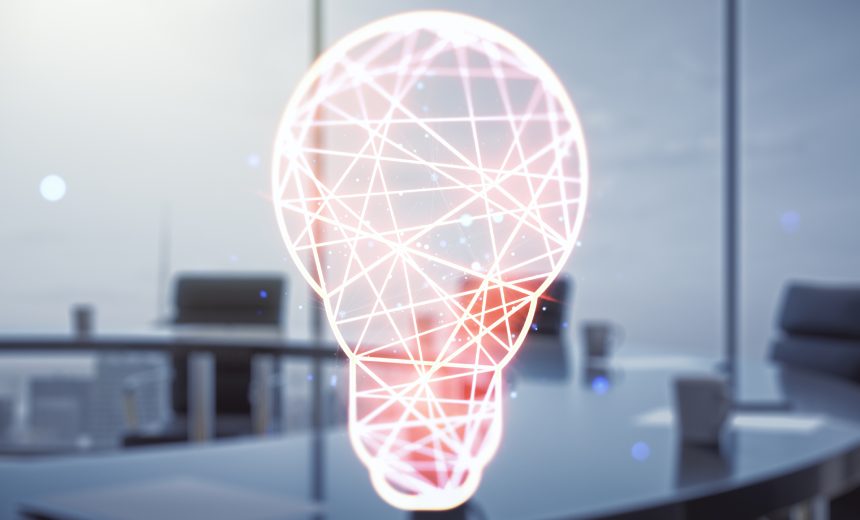Artificial Intelligence & Machine Learning
,
Next-Generation Technologies & Secure Development
Humans Must Show Significant Role in AI-Assisted Cases for Inventor Label

The U.S. federal patent authority aims to provide clarity on how it will analyze inventions. Only humans can be named in single-person patents, and at least one human must be labelled as the inventor of any given claim, the U.S. Patent and Trademark Office said Tuesday.
See Also: Live Webinar | Securing the Cloud: Mitigating Vulnerabilities for Government
Patent laws in the country requires humans to be inventors, but as “AI systems, including generative AI, play a greater role in the innovation process,” academics and stakeholders are mulling ways on how to address use of the technology in the process.
The USPTO in its guidance emphasized the need to focus on human contributions in the innovation process. AI-assisted inventions are not “categorically unpatentable,” but inventorship analysis should focus on human contributions, as patents “function to incentivize and reward human ingenuity,” it said. Inventorship analysis is the question of who conceived the invention.
Acknowledging that it would be difficult to ascertain the value of human contribution with “no bright-line test,” the agency outlined guiding principles to assist researchers in areas such as making disclosures and naming inventors.
A human could use AI and still be considered an inventor, but not if their role was to only present an issue to the AI system. The human also need not necessarily be part of every activity either to be an inventor, if they were an “essential building block.”
“In some situations, the natural person(s) who designs, builds, or trains an AI system in view of a specific problem to elicit a particular solution could be an inventor,” the agency said, noting that this aspect could be considered to ascertain “significant” contribution.
The guidelines appear similar to what applies to companies patenting inventions: while companies cannot directly apply for patents in most cases, they can hold patent rights derived from the inventive work of their employees or through demonstrably independent invention processes. Individual inventors are almost always named on the patent, even if it is owned by a legal entity.
The USPTO Director Kathi Vidal said on Monday that the guidance allows humans to seek patent protections if they provided significant contribution to the invention. The agency aims to strike “the right balance” between awarding patent protection to promote human ingenuity and investment for AI-assisted inventions, while fostering innovation for future developments.
The agency said it sought insights from the public on AI inventions via comments and listening sessions before preparing the draft. It has now sought public feedback on the draft guidance by mid-May.
The guidance is part of the agency’s plan to abide with the Biden AI executive order (see: Biden’s AI Executive Order, 90 Days On.
